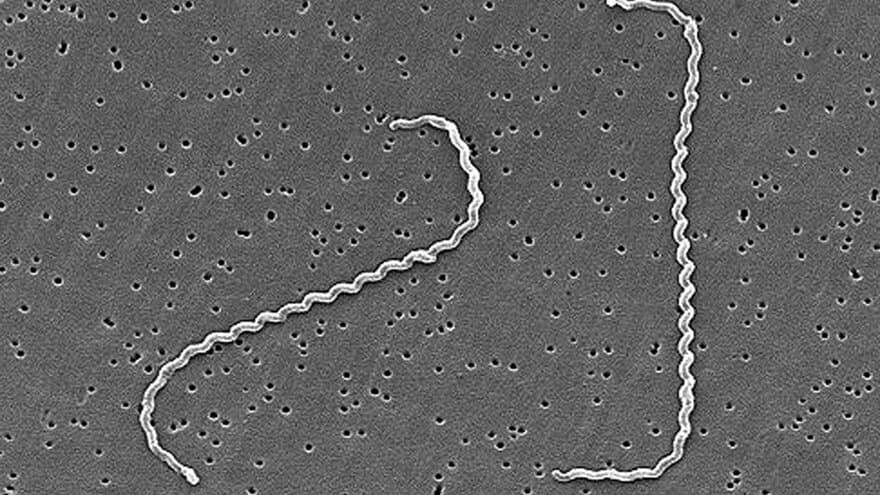03 Feb 2022 - 01 Jan 2016
Norwegian University of Life Sciences
Background
Aims
Results/findings
Participants og collaborators
Publications
List of publications on Leptospira (co-)authored by the project leader.
Partners in private and public sector


Other relevant projects
HUNT One Health

The HUNT- One Health project is a collaboration between NMBU, the Veterinary Institute and NTNU. The project is managed by the Veterinary Institute and is a sub-project of the population health study in Nord-Trøndelag, HUNT.

